|
Gotham Coyote scientists, and students from the American Museum of Natural History’s Science Research Mentoring Program, Mianus River Gorge’s Wildlife Technician Program, and Wave Hill’s Woodland Ecology Research Mentoring Program went out in the field on a beautiful Saturday in November to search for New York City coyote droppings. In my last blog post, I wrote about how the Gotham Coyote Project uses coyote scat to study the diet of coyotes in New York City, but before we can analyze scat we need to find it. Locating scat isn’t exactly easy. Coyote droppings blend in with the ground and leaves almost perfectly, but luckily for coyote scat collectors, coyotes use their excrement as territory markers. This means they want their scat to be seen and smelled by other animals. To make their territory known, coyotes defecate out in the open, often right on the hiking path. The Gotham Coyote Project gathered a large group of scientists, their students, and a few amateur scat-detecting dogs this November to search for scat. The seasoned scat collectors of our group, Dr. Chris Nagy, Dr. Mark Weckel, and Ferdie Yau and his dog Scout, taught first-time scat collectors like myself the best ways to spot scat among the fallen leaves We found a fair amount of scat on our hike, and enjoyed the stunning scenery along the way. Lately we’ve been finding all types of shellfish in the coyote scat collected in Jamaica Bay. These restored oyster reefs off Hunter Island might explain that!
1 Comment
|
Archives
May 2024
|

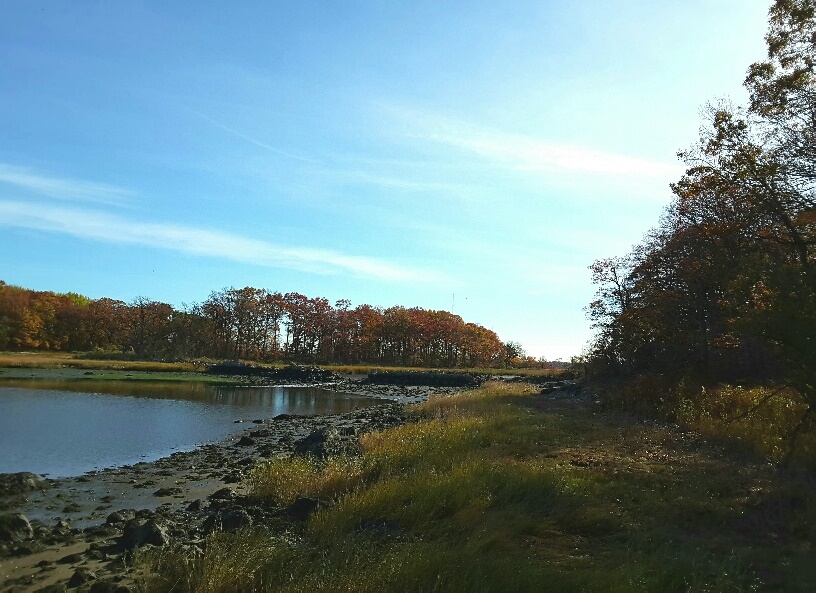
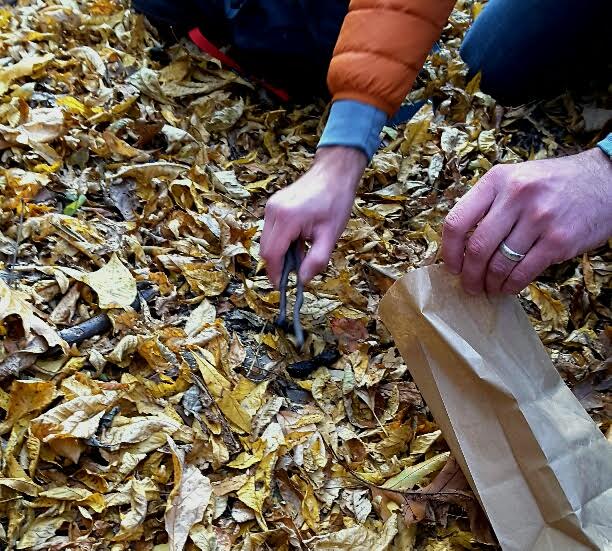
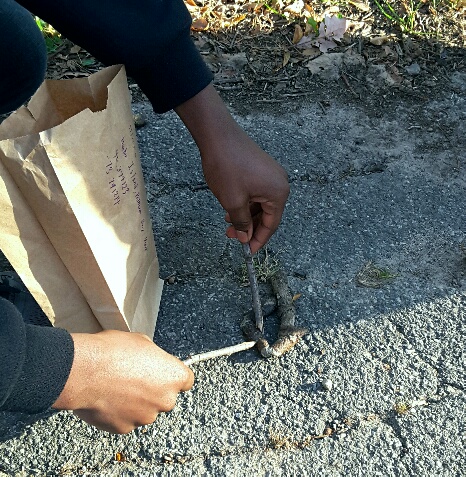
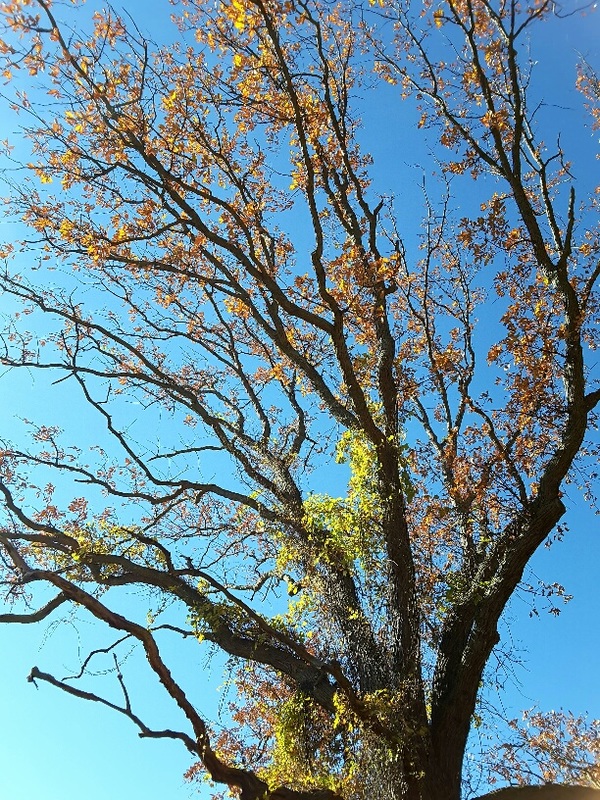
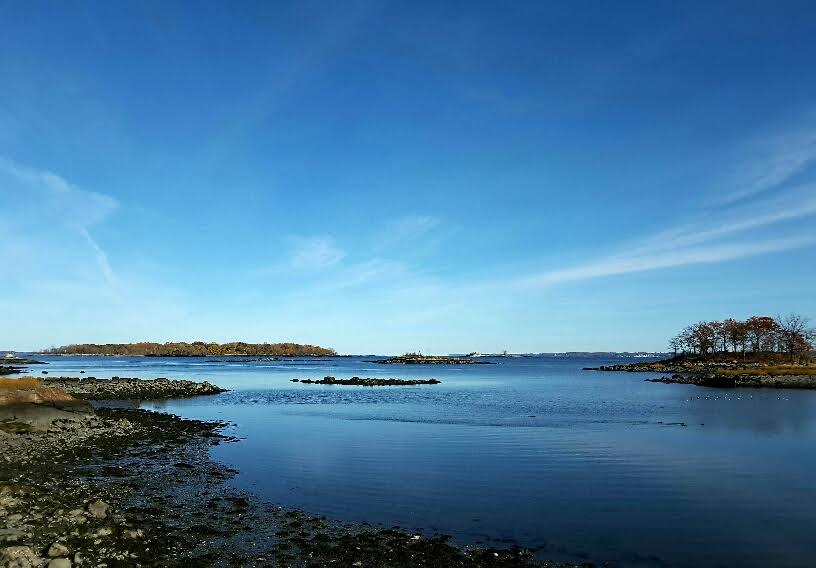
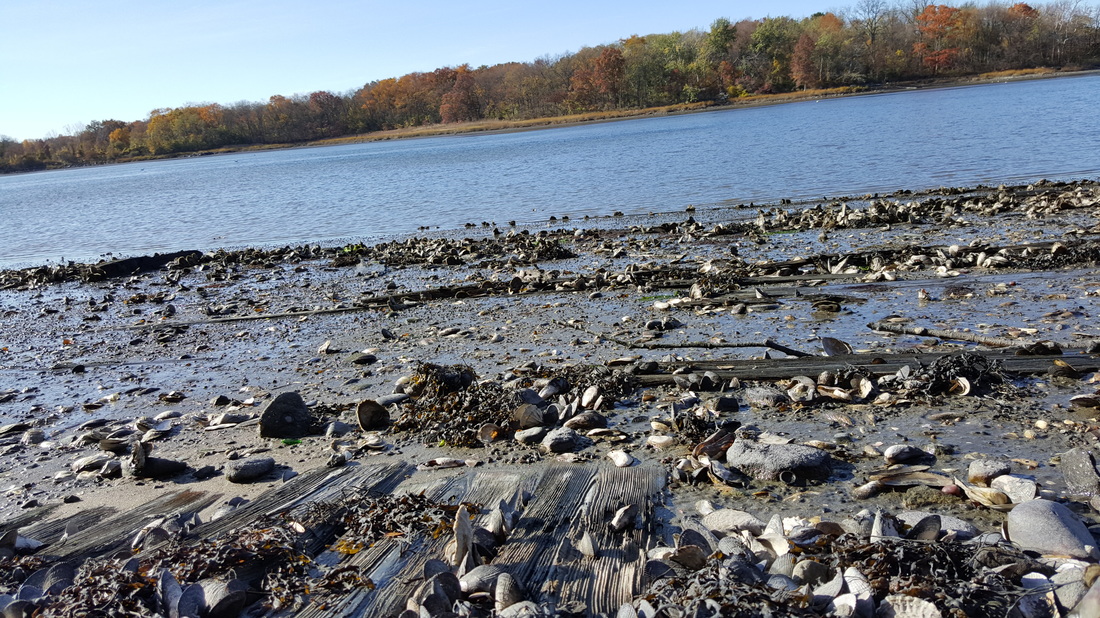
 RSS Feed
RSS Feed